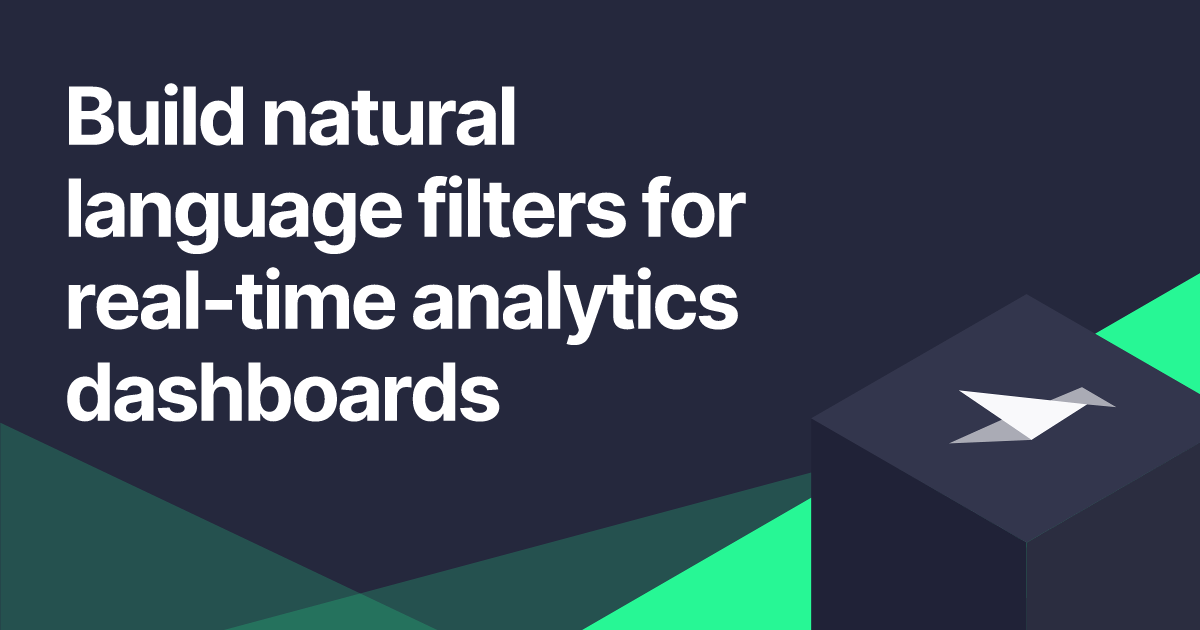Ever hit ‘run’ on your CI/CD pipeline, only to grab a coffee… and it’s still not done when you get back? We’ve all been there. Slow builds can feel like a productivity killer — but there’s a better way.
Semaphore’s self-hosted agents give you control — delivering faster builds, improved scalability, and enhanced security by running agents within your infrastructure. Whether you’re scaling build pipelines for a growing team or need flexible deployment options, self-hosted agents can solve your CI/CD headaches.
Let’s dive into how they work — and how you can get the most out of them.
What Are Semaphore’s Self-Hosted Agents?
Semaphore’s architecture is built for performance and flexibility, consisting of two key parts — the brains and the brawn:
- Control Plane: The brains behind Semaphore that orchestrates pipelines, manages secrets, and controls job execution.
- Agent Pool: The brawn — a set of workers that execute your build and deployment jobs. These can run on Semaphore’s infrastructure or as self-hosted agents within your environment.

How to Register a Self-Hosted Agent in Semaphore (Step-by-Step Guide)
When you spin up a self-hosted agent, the first thing it does is knock on the control plane’s door, asking for permission to join the party.

Here’s what happens next:
- The agent sends a registration request to the control plane. All agents of the same type use the same registration token.
- The control plane assigns the agent a unique access token for secure communication.
Semaphore enforces quotas to ensure your infrastructure doesn’t accidentally spawn an army of rogue agents. Each organization has a maximum number of agents allowed to run at once. To ensure this is managed properly across multiple self-hosted hub instances, Semaphore uses Postgres advisory locks to guarantee consistency — no unexpected agent overloads.
Mastering the Semaphore Agent Lifecycle for Reliable Builds
Once registered, an agent moves through predictable states.

- Waiting for Job: The agent stays idle until assigned a job.
- Running Job: The agent executes the assigned job.
- Finished Job: The agent either disconnects or returns to the waiting state based on your configuration.
Semaphore’s sync protocol efficiently manages state transitions, ensuring agents respond quickly while avoiding excessive system load.
How Semaphore Controls CI/CD Logs for Maximum Efficiency
Logs are a lifeline when debugging. Semaphore’s Log Hub service makes sure they stay organized and efficient:

- Receives log batches from agents.
- Stores active logs in Redis for fast access.
- Archives completed job logs in object storage (e.g., S3) for long-term retention.
But what if your build spits out a massive wall of logs? Semaphore caps log uploads to prevent system overload. Don’t worry — the agent will still keep those logs locally, so you can upload them later as artifacts for detailed debugging.
Scaling Semaphore Agents for Fast, Reliable Deployments
Scaling agents can be tricky — unless you let Semaphore do the heavy lifting. Whether you’re running AWS, Kubernetes, or your own setup, Semaphore’s tools help you scale smart, without extra work:
- On AWS: Tools like AWS CDK automate the deployment of auto-scaling groups, manage AMIs for consistent environments, and configure IAM roles securely.
- On Kubernetes: Custom controllers manage agent scaling dynamically.
Semaphore’s dedicated tools simplify deployment and ensure your agents scale as your workloads grow.
Key Takeaways for Developers
- Faster Builds, Less Waiting: Self-hosted agents eliminate bottlenecks, improving your CI/CD performance.
- Flexible Deployment Options: Deploy agents on AWS, Kubernetes, or your own infrastructure to suit your needs.
- Reliable Scaling: Semaphore’s smart architecture handles dynamic scaling without manual intervention.
Try Semaphore’s Self-Hosted Agents Today
Semaphore continues to evolve with support from the open-source community, making it easier than ever to build and deploy quality software at scale.
🚀 Ready to stop waiting on slow builds and ship faster? Get Started with Semaphore’s Self-Hosted Agents Now.
Have questions or insights on self-hosted agents? Join the conversation in our community!
The post How to Scale CI/CD With Self-Hosted Agents appeared first on Semaphore.




